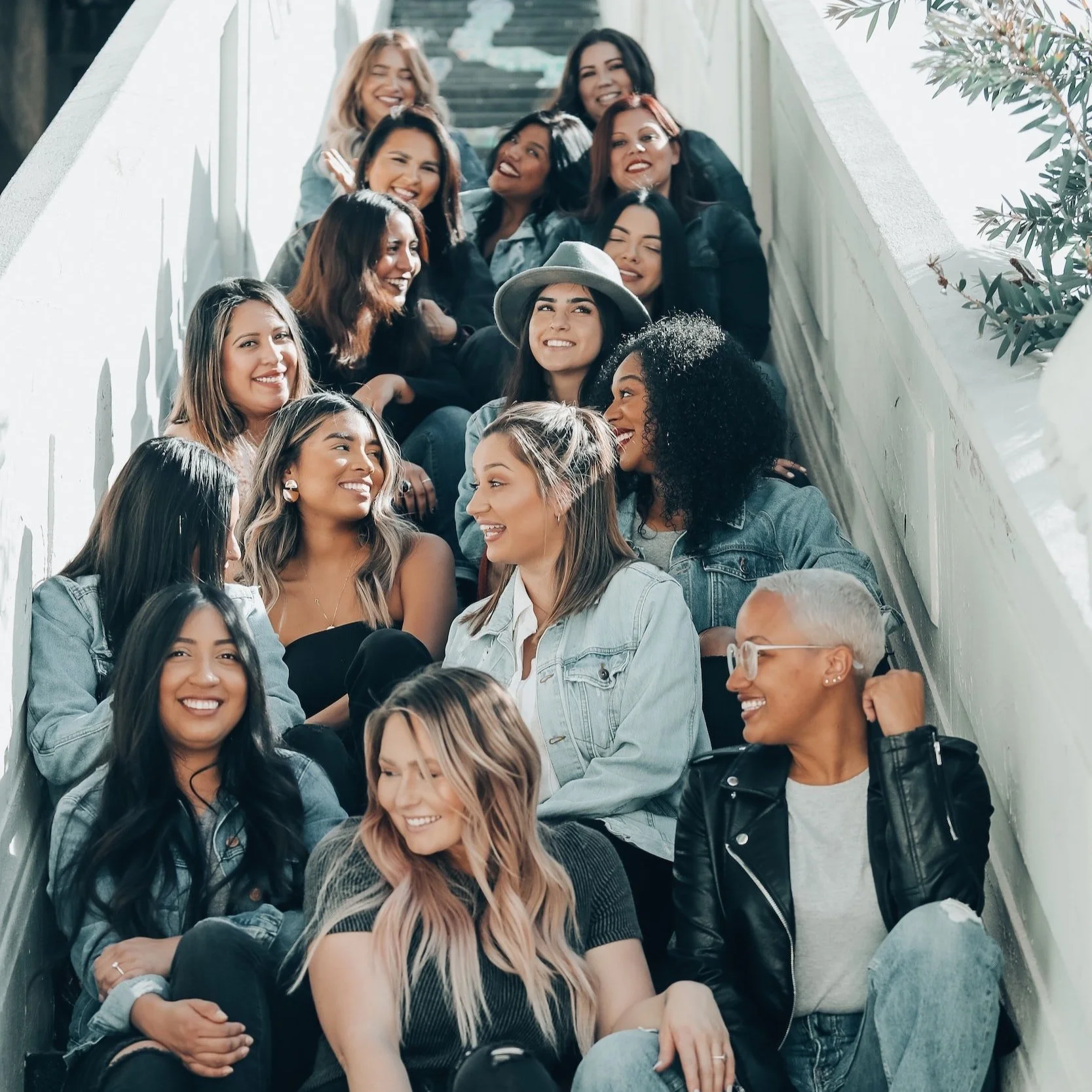Is Facebook Worth It?
I often hear people say they don’t personally like using Facebook - they’re only on it to keep in touch with family; so in turn, for their brand, they see no purpose of being on it. They don’t like the format, it feels clunky, they don’t want to pay for ads… you get the idea.
The second part of their reasoning: they spend all their time on Instagram, crafting content and personally enjoy it more, with a growing group of followers there, what's the point of being elsewhere?
Admittedly I have to refrain from saying something like, “So what happens to your audience when Instagram has a day(s)-long blackout? The brand’s feed suddenly vanishes? Or the platform itself is taken down, what then? What’s your back-up plan? A website, an e-newsletter and “fill-in-the-blank” platform?
And I often wonder, is the “I only want to do Instagram” simply an excuse for a brand who doesn’t want to put the time into maintaining a Facebook page and its content?
While we mull that over, let’s dive into “why” Facebook still matters, briefly looking at some numbers and confront a self-fulfilling prophecy head-on:
Per Pew Research Center’s 2019 social media user report, there are more adults (18+ yrs old) in the US who use Facebook than Instagram in the US; 69% of social media users are on Facebook while 37% of social media users are on Instagram.
Then we need to consider the crossover between the platforms:
Thanks to Pew’s 2019 report, we know little has changed in terms of overall use. With that in mind, we can assume the following 2018 findings:
47% of Facebook users also use Instagram, while
91% of Instagram users also use Facebook.
… so what does this tell us?
If a brand is creating content specifically for Instagram, then simply hitting that “share” option, so the exact same content pops up on their Facebook page, a majority of the brand’s audience - 91% if we directly apply Pew’s findings - will potentially see the exact same post if they’re following on both platforms. That’s like hearing the exact same songs in the same order when you switch playlists.
Granted we don’t live in Pew’s world; not every user is on both platforms, but it offers us a great guideline as we create a digital strategy, including paid campaigns - and it reminds us why putting an extra minute into diversifying content matters for our current and potential audiences.
Let’s talk about those Facebook-only users for a moment. When a brand shares a post directly from Instagram, without any edits, they’re often requiring those users to weed through unlinked handles, random hashtags, and told “link in profile” - all which makes no sense on Facebook.
In short: If a brand is putting no time into its Facebook content, not even attempting to edit a shared Instagram post to make sense on the platform, why should an audience care about that brand or engage with it?
And that’s when we see the self-fulfilling prophecy about Facebook use coming to life:
Brand: shares content directly from Instagram to Facebook without edits - or makes edits as a much-later after thought.
Current Audience: scrolls past Facebook content because they a) just saw it on Instagram and already engaged; or b) it looks like gibberish to non-Instagram users nor can they find a “profile link,” so the post is skipped all together.
Brand: Creates Facebook ad campaign to attract new followers.
New Audience: checks out page, but nothing makes sense - so they leave.
Brand: “I don’t use Facebook because no one is engaging with my page.”
And around and around we go.
So how to correct the course?
First & foremost: separate the personal issues from the brand benefits of using Facebook. I often tell clients think of Facebook as the modern-day yellow pages. It’s a fast way to get information and see what’s happening with a brand if the user cannot quickly or easily find a website (or Instagram handle).
Next: understand the differences in how Facebook builds community compared to Instagram. Here are a few examples: users are able to make brand recommendations within groups or DMs; brands can be tagged by others in images or experiences, then shared easily by the brand on its own page; it allows for a cleaner communication and customer service experience within its Inbox features compared to Instagram; and Facebook groups are wildly popular and an easy way to establish self or brand expertise.
Finally: take the extra time to diversify content between Instagram and Facebook. It doesn’t have to be a long, drawn out ordeal. Here’s the tip I give clients: while prepping the upcoming Instagram posts in their platform management tool, copy/paste the content into the Facebook sharing option (or into Facebook’s native schedule tool), and make the tweaks there - remove hashtags, update handles, add a shortened link - or make the post solely a link, instead of using the same image as the Instagram post. Then set to post to go live at the same time as the Instagram post.
Remember meet your audience where they actually are in platforms, not where you think they should be, especially when it comes to Facebook and Instagram. That small adjustment in thought process will make a massive difference to your current and potential followers as they see why your brand is worth following on both platforms.
Bottom Line:
Facebook is still a powerful tool that shouldn’t be overlooked by brands, small or large. By understanding its differences from other platforms and how it use its abilities, you can make Facebook work for you in furthering your brand’s message while increasing awareness, establishing trust with followers, and attracting new customers.
Follow us on Instagram














